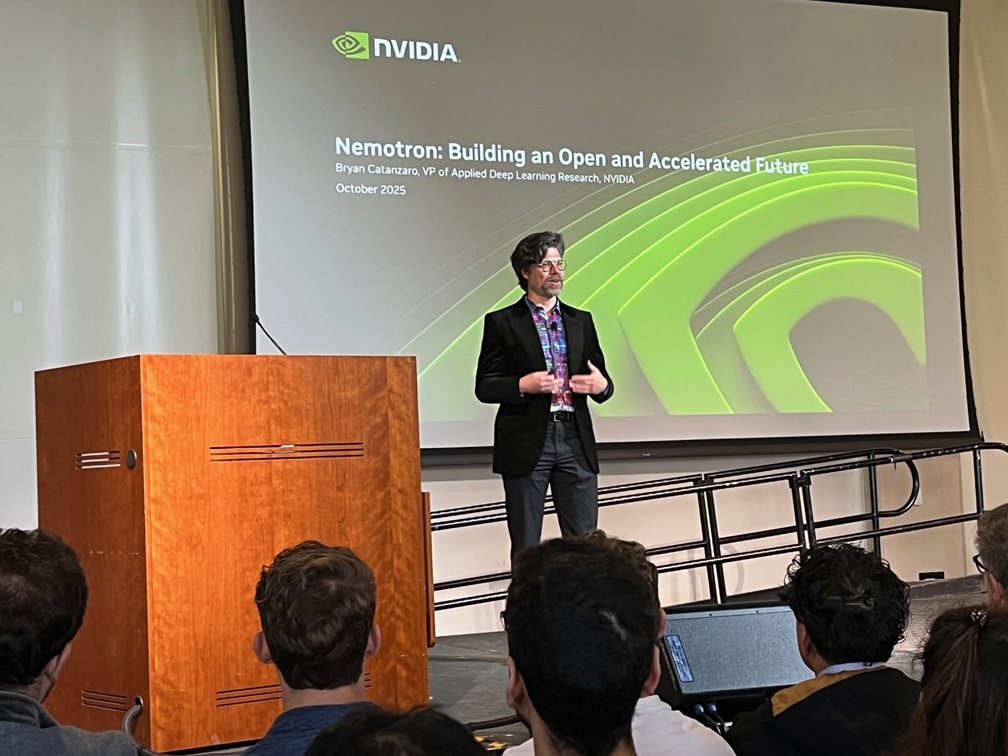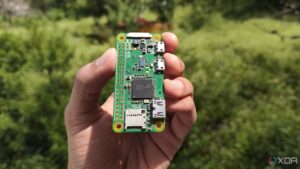
The future of artificial intelligence (AI) took center stage at the BayLearn Symposium, held on October 26, 2023, at Santa Clara University. A host of engineers and scientists from major tech firms like Nvidia, Apple, and Google gathered to discuss advancing AI technologies and their anticipated impact on various sectors.
During the symposium, presentations highlighted the evolving landscape of AI, emphasizing an approach that prioritizes the underlying problems these systems aim to solve. Bryan Catanzaro, the vice president of applied deep learning research at Nvidia, underscored this philosophy. He stated, “We’re not just building systems; we’re trying to think about the underlying problem that systems are trying to solve.”
A key element of Nvidia’s strategy involves its Nemotron initiative. This collection of open-source AI technologies aims to enhance the efficiency of AI development across multiple stages, incorporating multimodal models, precision algorithms, and tools for scaling AI on GPU clusters. Catanzaro explained, “Nemotron is a really fundamental part of how Nvidia thinks about accelerated computing going forward.”
The open-source community plays an important role in the future of AI. Catanzaro noted contributions from organizations such as Meta Platforms Inc. and Alibaba Group Holding Ltd. have augmented Nemotron’s datasets, making them widely accessible. He remarked, “There’s been a lot of great contributions. The Nemotron datasets are being used by everybody.”
Catanzaro’s passion for AI stems from his early work with field-programmable gate arrays (FPGAs) and his conversations with Nvidia founder Jensen Huang. His insights led to a pivotal shift in Nvidia’s focus towards AI and deep learning, which has been crucial in shaping the company’s trajectory.
The historical context of AI’s evolution was also discussed by Christopher Manning, a professor at Stanford University and an expert in natural language processing (NLP). Manning pointed out that the concept of large language models (LLMs) was largely absent from discussions among researchers over two decades ago. He recalled, “How many LLM papers were there in 1993? There were zero.”
Manning advocated for a shift in focus from immediate results to fostering AI’s potential for more profound learning through interaction. He emphasized the need for systematic generalization, where AI models can learn and innovate beyond existing data constraints. “We need to get to more efficient models that can get to systematic generalization,” he said.
In pursuit of this goal, Apple Inc. is developing enhancements for its machine learning software, MLX, which is designed to optimize machine code for Mac computers. Research scientist Ronan Collobert stated, “We have to think from a systems standpoint how to get AI reliably deployed.”
The impact of AI extends beyond software; it is also transforming robotics. Google LLC’s DeepMind recently unveiled its Gemini Robotics 1.5 and E.R. 1.5 models, which incorporate reasoning capabilities to improve robotic functionality. Ed Chi, vice president of research at DeepMind, noted significant progress in general robotics, stating, “The huge advancement that we’re making in robotics right now is in the area of general robotics. It’s good enough.”
As the AI landscape evolves, developers are urged to focus on delivering tangible results while maintaining a vision for future capabilities. The rapid pace of advancements has led to a belief that the impacts of AI will be profound. Manning concluded, “We’re on a path where there’s going to be continual progress. We are going to be into a wild ride in how this technology develops.”
The discussions at BayLearn reflect a collective commitment to not only enhancing AI technologies but also ensuring their meaningful application in society. As innovations continue to unfold, the implications for various industries are set to grow exponentially, shaping the future of technology and its role in daily life.







